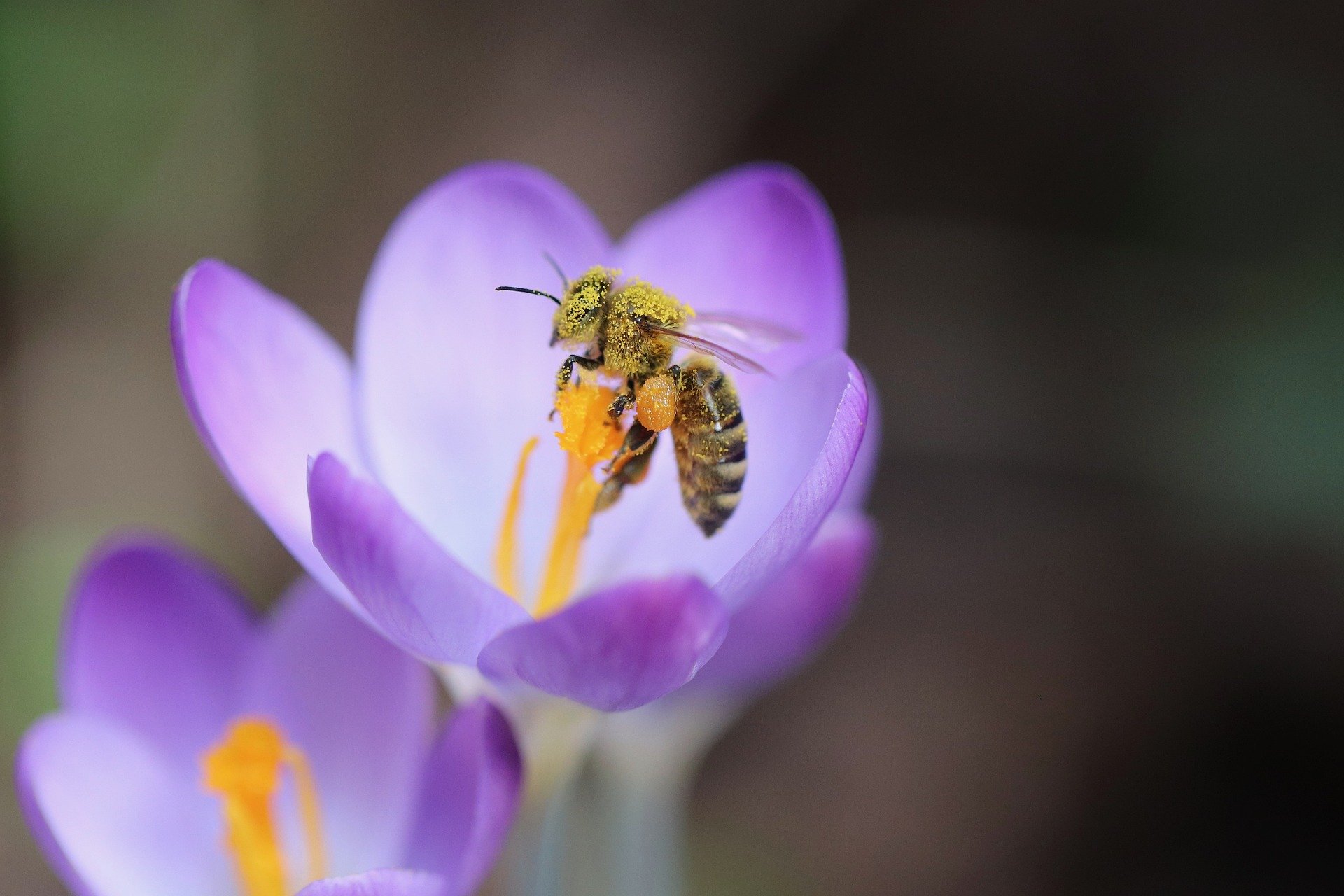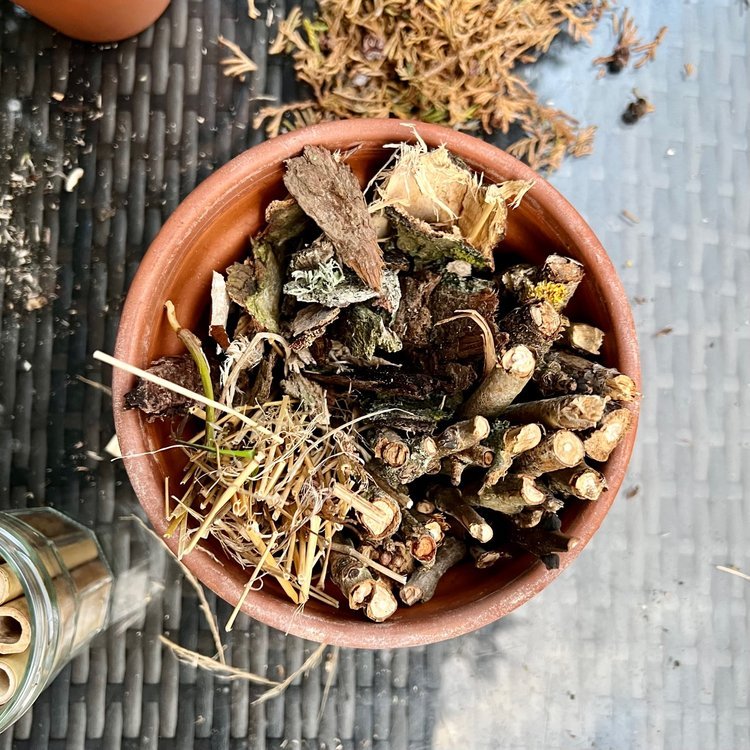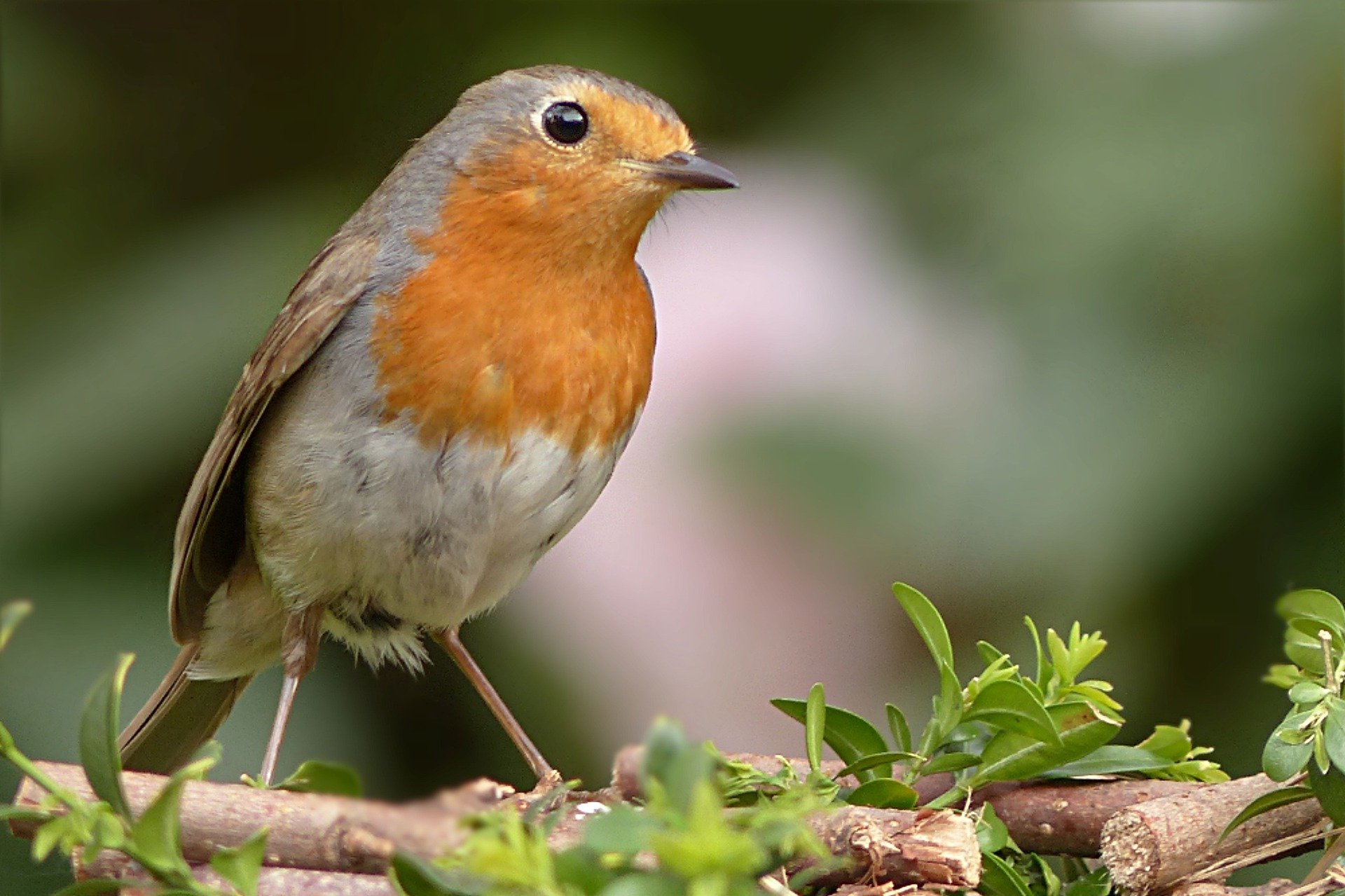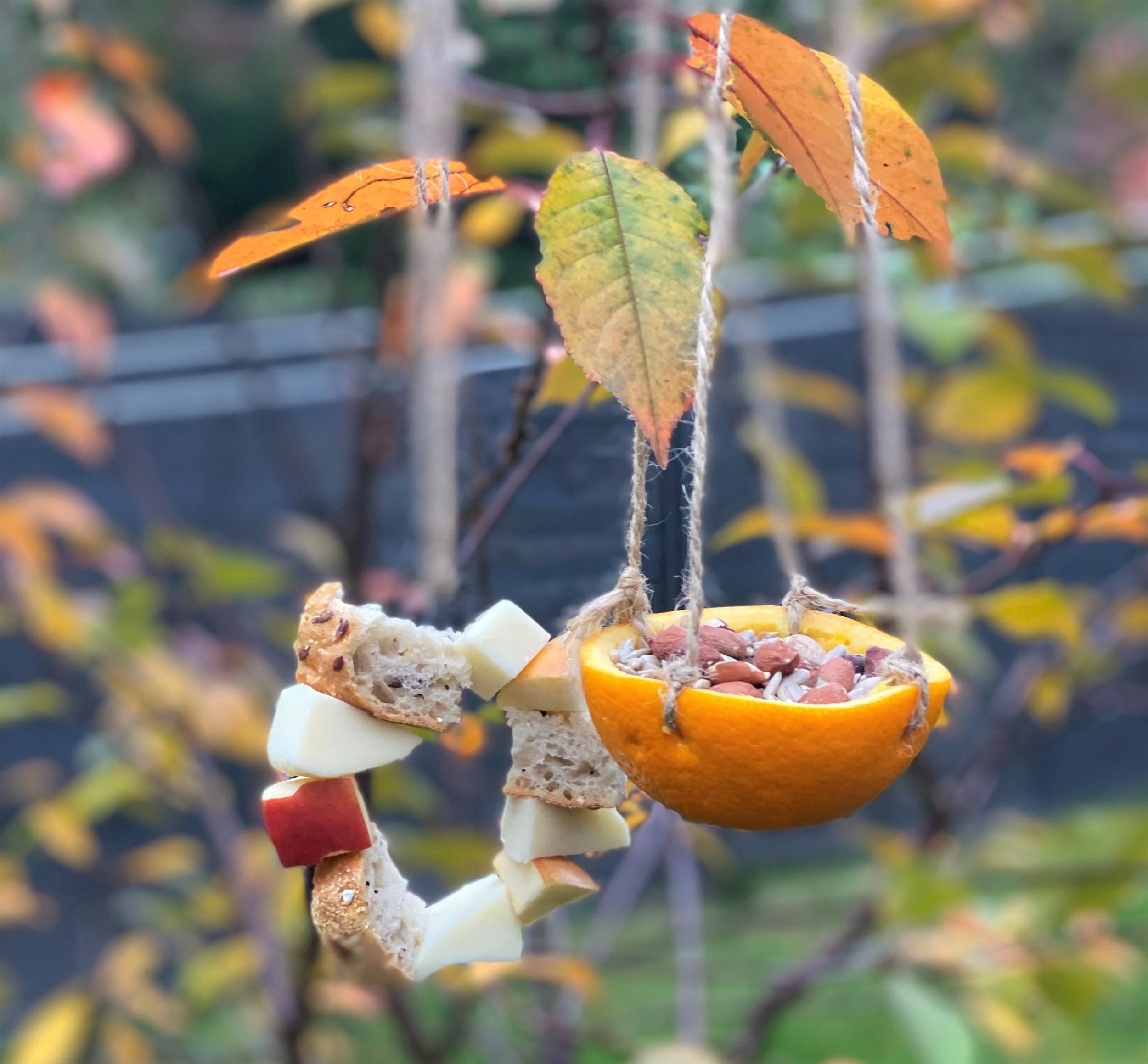Wildlife-friendly gardening tips for autumn
Now that autumn is well and truly underway here in the UK, it’s tempting to want to tidy up the garden and forget about it until it warms up in spring! However, many birds, insects, and small mammals use our gardens as a place to shelter during the colder months - here are four wildlife-friendly gardening tips to help you create a welcoming environment for local wildlife over winter:
1. Create shelter and habitat:
By piling up leaves and other vegetation you can provide creatures such as frogs, toads and hedgehogs with the perfect spot for hibernation! The warmth created at the bottom of the pile will attract insects, which will in turn provide ground-feeding birds like robin, blackbird and thrush with a tasty treat over winter. Read our post on how to make a bug hotel for your insects here.
2. Plant spring flowering bulbs:
Autumn is the ideal time to plant spring-flowering bulbs such as crocuses, daffodils and grape hyacinths. These varieties will start to flower and produce nectar in late winter and early spring when few other flowers are blooming, providing a vital food source for early-emerging pollinators like bees. Our autumn subscription boxes include spring flower bulbs, which you can sign up for here.
3. Feed wild birds:
The cold weather causes the ground to harden and many plants to die back, making it much harder for birds to find the berries, fruits and juicy worms they would normally feed on. Birds need lots of high-energy food to keep them going through winter, so providing an extra source of food in your garden will be a big help to them and give you an opportunity for some winter bird watching! Read our blog post on how to make your own bird feeder here.
Different bird species are attracted to different types of food, so try and offer a variety if you can; fat balls and peanuts for tits and starlings, mealworms for robins and thrushes, and fruit or crumbled up fat balls for ground feeders like thrushes and blackbirds.
Birds also need clean, fresh water for drinking and bathing, so regularly clean and top up bird baths to ensure a supply all winter.
4. Don’t tidy up too much!
Try to avoid cutting flower borders back until early spring, when new growth begins to push through. Many beneficial insects like to shelter inside hollow plant stems and seed heads, some of which will help to feed the birds too! You can also leave your grass a little longer over winter, as many moth and butterfly caterpillars like to overwinter in the thick base of the grass (thatch) as eggs or pupae.
Author: Alison Kenehan, RHS qualified gardener and mother
If you’d like to receive regular gardening activities for children alongside nature craft activities, subscribe below to receive a monthly Mud & Bloom box! Each monthly Mud & Bloom box contains two lots of seeds or bulbs to plant and at least two nature craft activities.






